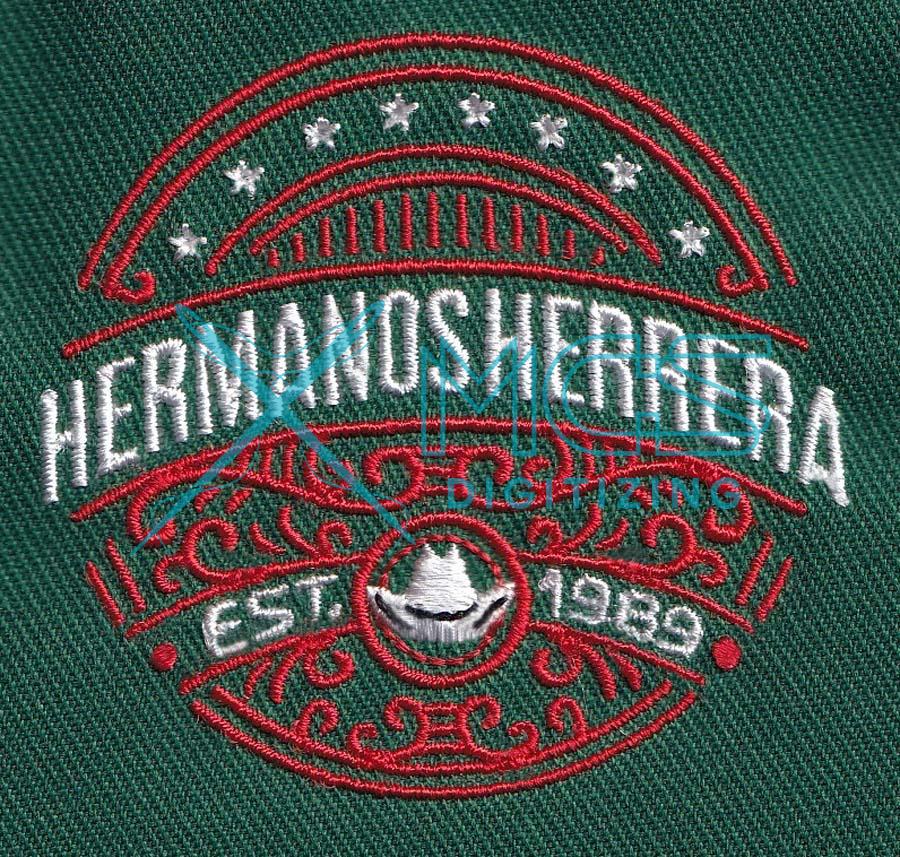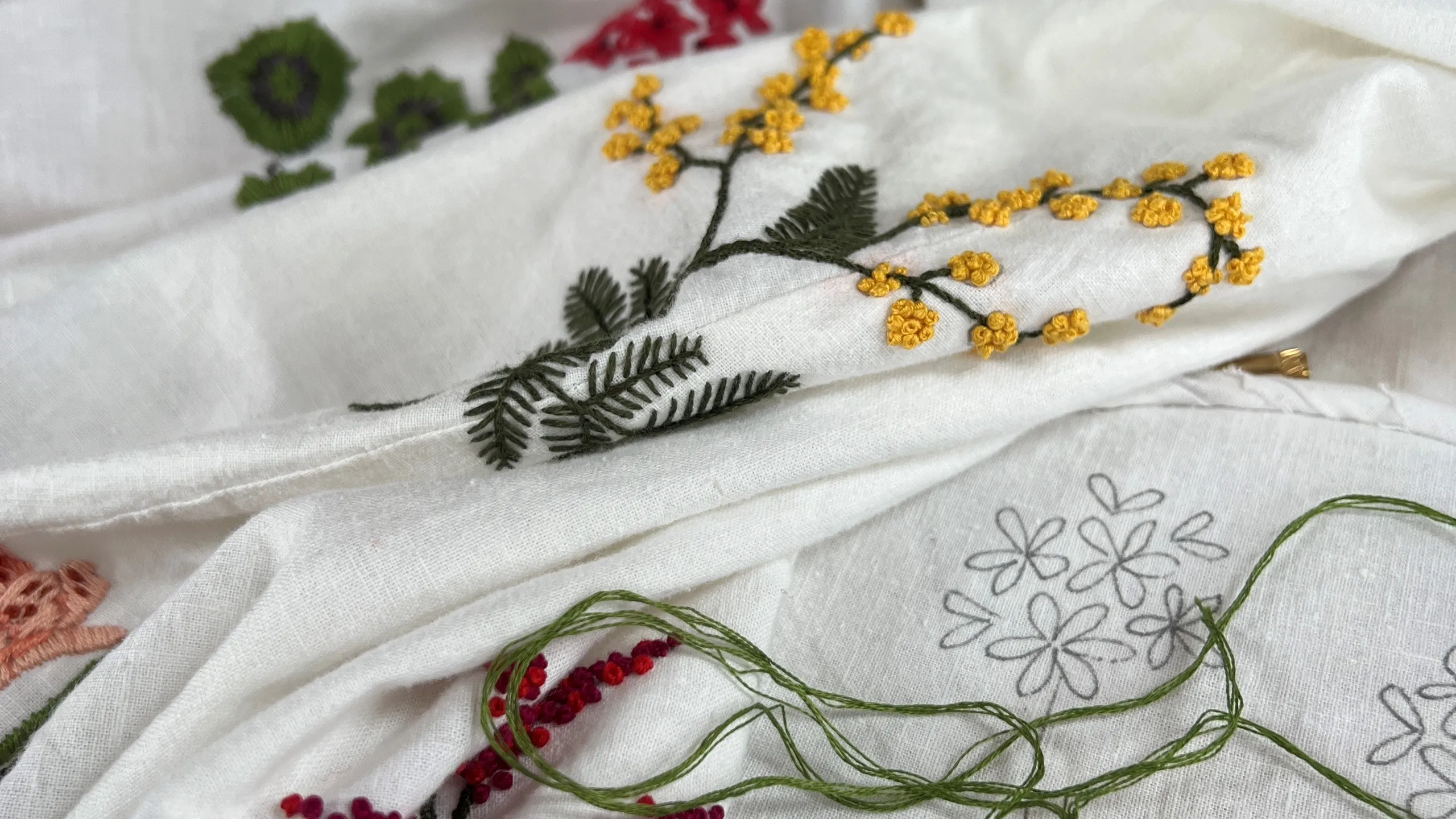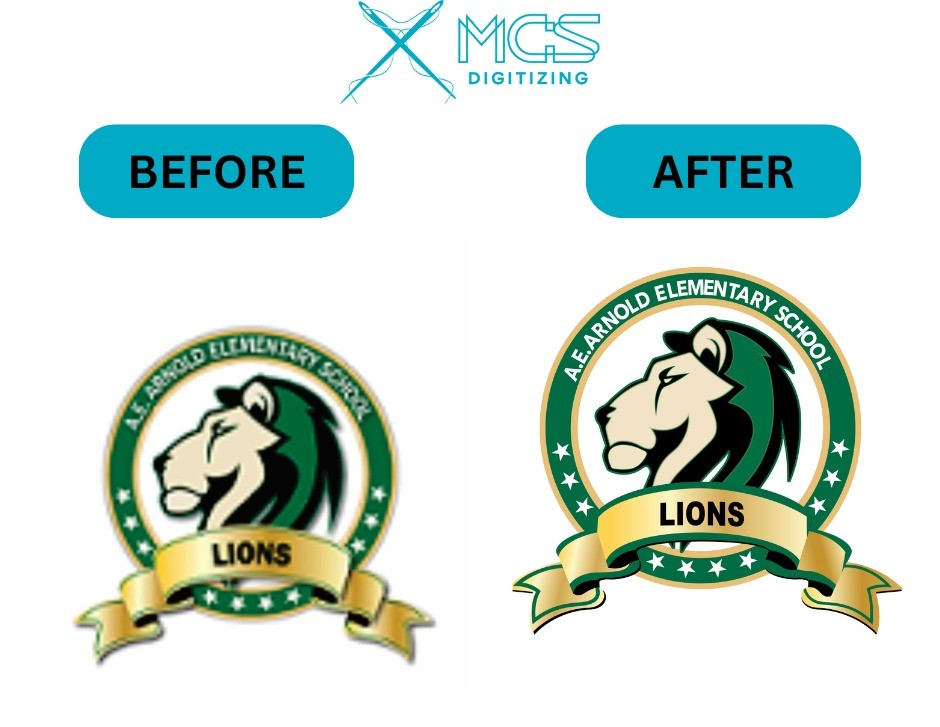Are you searching for online embroidery digitizing for your towels? Embroidery digitizing is a procedure that converts visual artwork into a digital format that embroidery machines can read and execute. Towels and terrycloth demand a specific touch because of their distinctive texture and pile.
In this blog article, we’ll look at the complexities of embroidery digitizing for towels and terrycloth, including the challenges, procedures, and advice for producing amazing outcomes.
Basics of Digitizing on Towel and Terrycloth
There are a few fundamental principles to follow if you have not yet worked with towel and terrycloth at the manufacturing level.
- Most people would agree that choosing rayon thread over polyester thread is preferable for embroidering on terry fabric in terms of both run ability and embroidery durability.
- Using solvy, a water-soluble plastic film, enables for considerably more detail to be visible on designs and is essential at the manufacturing stage.
- For the most part, a tear-away backing is recommended to offer the necessary solidity for your design. However, cut-away and solvy may be utilised as backings in specific situations.
Understanding Towel Embroidery:
Towel embroidery is the process of embellishing towels with intricate designs, logos, or patterns using different ornamental stitches and threads. This creative method not only improves the look of towels. However, it lends a sense of richness and personalisation to them. Embroidered towels may be used as presents, promotional materials, or as home décor.
Traditionally, towel embroidery takes a professional artist to manually operate an embroidery machine to sew the desired pattern onto the towel cloth. Despite producing stunning effects, this procedure may be time-consuming and costly.
Tips for Successful Embroidery Digitizing on Towels and Terrycloth
Application of Underlay Stitches:
Underlay stitches are necessary to stabilise the cloth and lay a stable foundation for the top stitching. A second layer of underlay may assist hold the loops in place and stop the pattern from sinking.
Stitch Density:
Changing the stitch density is critical. Too many stitches may cause the cloth to bunch, while too few will make the pattern seem sparse. A balanced approach results in a clean and transparent design.
Stitch Types:
Satin stitches are ideal for strong edges, while fill stitches are appropriate for bigger expanses. Avoid employing intricate stitch designs that may get lost in the fabric’s texture.
Needle & Thread Selection:
Using a sharp needle suited for thick textiles reduces snagging. Polyester thread is suggested because of its strength and longevity, particularly given how frequently towels are washed.
Backing and Stabilisers:
A strong, tear-away stabiliser is usually applied to the back of the cloth to offer extra support throughout the embroidery process. Water-soluble topping may be placed on top to keep the loops level and the stitches above the cloth surface.
Step-by-Step Guide to Embroidery Digitizing Towels and Terrycloth:
The key factors to consider when digitizing embroidery designs for towels and terrycloth:
Design Selection
Choose a basic but striking design. Intricate features might be lost in the texture of the cloth. Consider the size and positioning to achieve a good fit on the towel.
Digitizing the Design
Use embroidery software to turn the design into a stitch file. Add underlay stitches and alter their density and type as appropriate.

Setting up the Machine
Hoop the towel with the stabiliser tightly fastened. Keep the cloth tight but not strained.
Running the Embroidery Machine
Test the pattern on a scrap piece of terrycloth to make any required changes. Once satisfied, run the machine on the real towel, keeping a close eye on the operation.
Finishing Touches
After the embroidery, clip any extra stabiliser and remove the water-soluble topping. Inspect the design for loose threads or flaws.

Tips for Optimal Results
The few tips help you get the best results:
1. Towels Should Be Pre-Washed: Pre-washing may assist to reduce shrinkage and distortion of the pattern following its initial wash.
2. Colour Contrast: Make the pattern stand out by using thread colours that contrast effectively with the towel colour.
3. Maintenance: To extend the life of the embroidery, advise consumers to wash embroidered towels in cool water and avoid bleach.
Conclusion
Embroidery digitizing for towels and terrycloth poses unique difficulties, but with the correct methods and attention to detail, the results may be beautiful and long-lasting. You can bring any design to life on these soft and textured surfaces by first knowing the fabric’s qualities and then changing your technique.
MCS Digitizing provides high-quality embroidery digitizing services by combining accuracy, skill, and innovation. Whether you require digitizing for towels, clothes, or any other fabric, our skilled staff is here to make sure your ideas are performed correctly. Contact us now to learn more about our services and how we can assist you in realising your creative ambitions.




